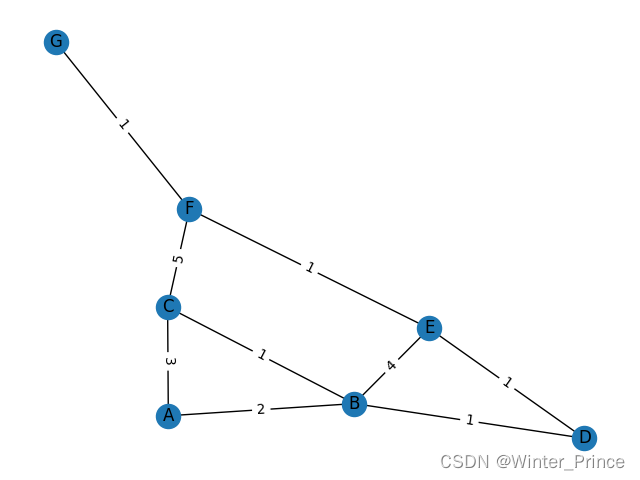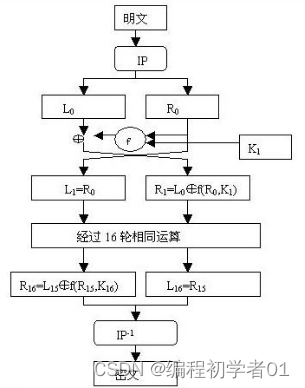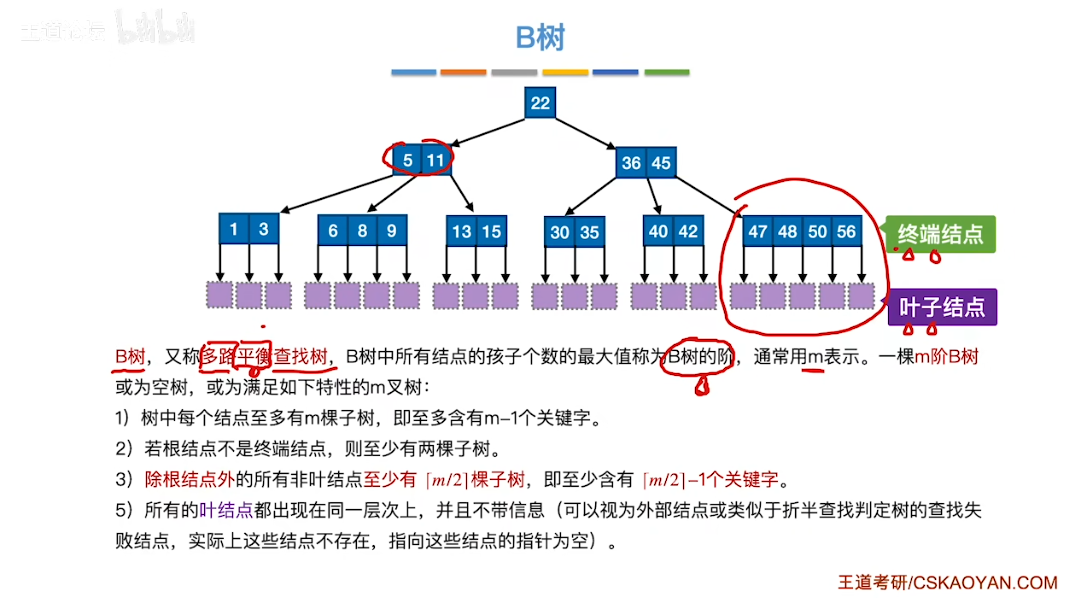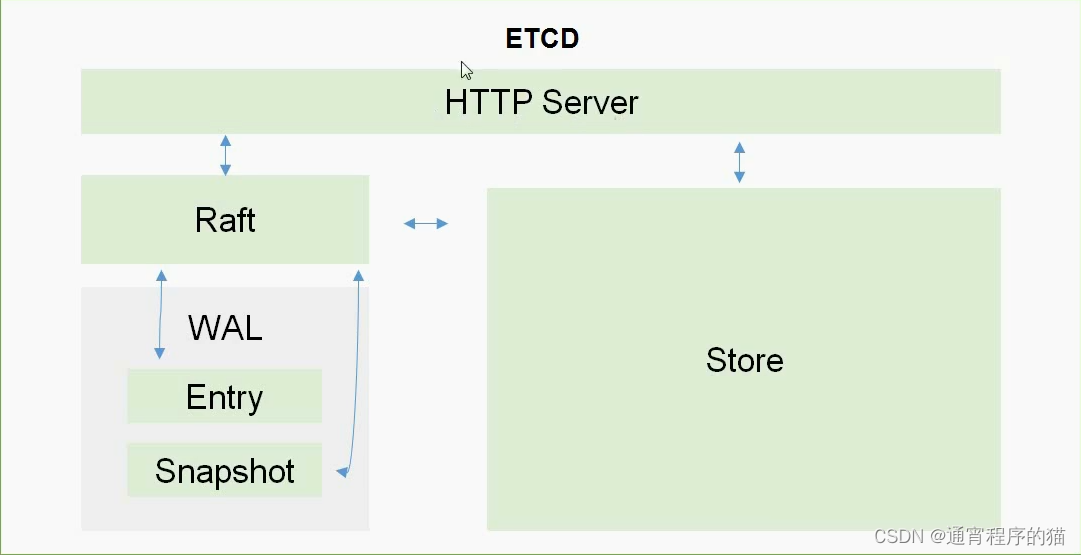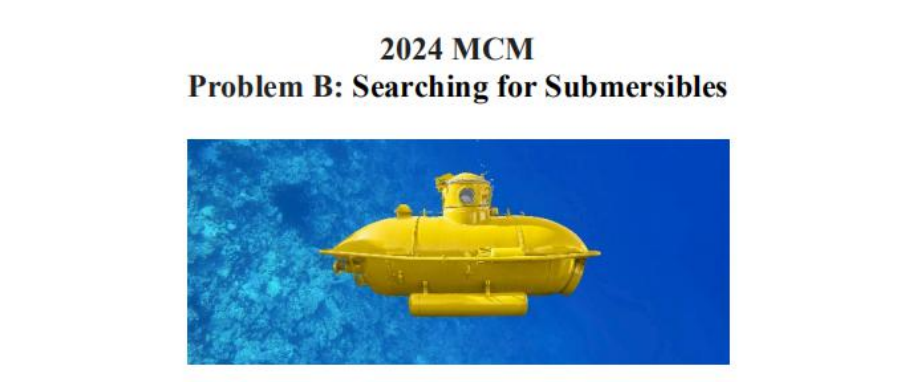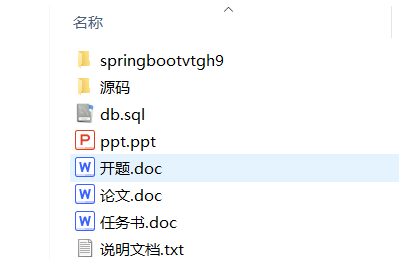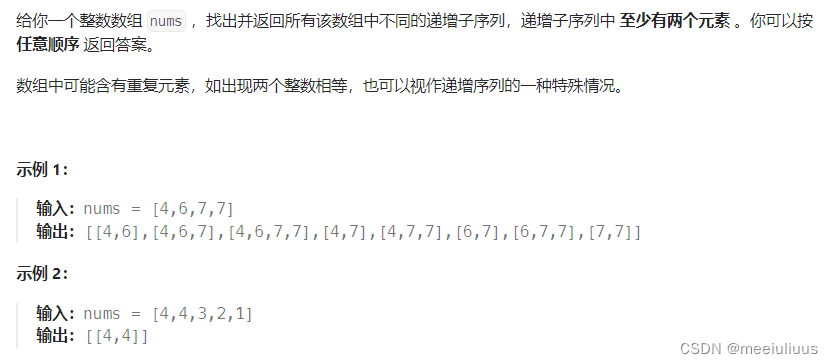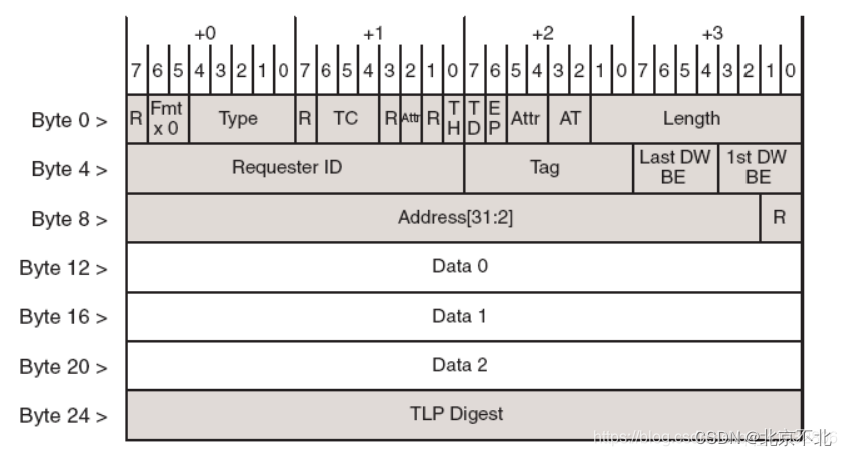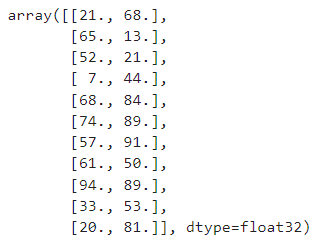实现LDA算法需要用到一些数学和概率统计的知识,你需要根据LDA算法的具体公式,实现初始化模型参数、Gibbs采样、模型参数更新等具体的步骤。同时,还需要读取训练文件和词典文件,以及保存模型到文件的功能。
理解LDA算法的实现思路涉及到以下关键步骤:
初始化模型参数:
设置主题数(K), 超参数alpha, beta。
初始化文档-主题分布 (theta) 和 主题-词汇分布 (phi)。
读取文档数据,每行为一个文档,分词后用空格隔开。
构建词典,将每个词映射到唯一的整数。
class LDA:
def __init__(self, alpha, beta, K, iter_num, top_words, wordmapfile, trnfile, modelfile_suffix):
# ...
def read_and_build_dictionary(self):
# Read training file and build vocabulary
# Implement code to read and build dictionary...
初始化文档-主题分布和主题-词汇分布:
为每个文档中的每个词随机分配一个主题。
根据分配的主题,初始化文档-主题分布和主题-词汇分布。
class LDA:
def __init__(self, alpha, beta, K, iter_num, top_words, wordmapfile, trnfile, modelfile_suffix):
# ...
def initialize(self):
# ...
# Initialize document-topic and topic-word distributions
self.theta = np.random.dirichlet([self.alpha] * self.K, size=len(self.documents))
self.phi = np.random.dirichlet([self.beta] * len(self.vocabulary), size=self.K)
Gibbs采样:
对每个文档中的每个词进行Gibbs采样。
在采样过程中,考虑当前文档-主题分布、主题-词汇分布以及词汇的分配情况。
class LDA:
def __init__(self, alpha, beta, K, iter_num, top_words, wordmapfile, trnfile, modelfile_suffix):
# ...
def gibbs_sampling(self):
# Implement Gibbs sampling algorithm...
更新模型参数:
根据采样得到的文档-主题分布和主题-词汇分布,更新模型的参数。
使用迭代方法逐步调整参数。
class LDA:
def __init__(self, alpha, beta, K, iter_num, top_words, wordmapfile, trnfile, modelfile_suffix):
# ...
def update_model_parameters(self):
# Update model parameters based on Gibbs sampling results
# Implement parameter update code...
输出每个主题的前top_words个词:
根据学习到的主题-词汇分布,输出每个主题的前top_words个词,以便观察主题的含义。
class LDA:
def __init__(self, alpha, beta, K, iter_num, top_words, wordmapfile, trnfile, modelfile_suffix):
# ...
def print_top_words_per_topic(self):
# Output top_words words for each topic based on learned phi
# Implement code to print top words...
保存模型:
将学习到的模型参数保存到文件,以备后续使用。
class LDA:
def __init__(self, alpha, beta, K, iter_num, top_words, wordmapfile, trnfile, modelfile_suffix):
# ...
def save_model(self):
# Save model parameters, theta, phi, etc. to files
# Implement code to save model...
实际实现中需要考虑数学计算的优化、数据结构的选择、算法的效率等方面的问题。详细的公式和算法细节可以参考LDA的相关文献。在实现过程中,需要使用numpy等工具进行矩阵运算,以提高效率。
实例:
alpha = 0.1
beta = 0.1
K = 10 //主题个数
iter_num = 50 //迭代次数
top_words = 20 //每个主题显示的词的个数
wordmapfile = ‘./model/wordmap.txt’ //wordmap文件存储位置
trnfile = “./model/test.dat” //训练文件
modelfile_suffix = “./model/final” //模型文件的存储位置以及前缀 ‘’’
输入文件的要求: 每行为一篇文档,分词后用空格隔开。
运行命令:
‘’’ python lda.py ‘’’
#!/usr/bin/env python
# -*- coding:utf-8 -*-
import random,os
alpha = 0.1
beta = 0.1
K = 10
iter_num = 50
top_words = 20
wordmapfile = './model/wordmap.txt'
trnfile = "./model/test.dat"
modelfile_suffix = "./model/final"
class Document(object):
def __init__(self):
self.words = []
self.length = 0
class Dataset(object):
def __init__(self):
self.M = 0
self.V = 0
self.docs = []
self.word2id = {
} # <string,int>字典
self.id2word = {
} # <int, string>字典
def writewordmap(self):
with open(wordmapfile, 'w') as f:
for k,v in self.word2id.items():
f.write(k + '\t' + str(v) + '\n')
class Model(object):
def __init__(self, dset):
self.dset = dset
self.K = K
self.alpha = alpha
self.beta = beta
self.iter_num = iter_num
self.top_words = top_words
self.wordmapfile = wordmapfile
self.trnfile = trnfile
self.modelfile_suffix = modelfile_suffix
self.p = [] # double类型,存储采样的临时变量
self.Z = [] # M*doc.size(),文档中词的主题分布
self.nw = [] # V*K,词i在主题j上的分布
self.nwsum = [] # K,属于主题i的总词数
self.nd = [] # M*K,文章i属于主题j的词个数
self.ndsum = [] # M,文章i的词个数
self.theta = [] # 文档-主题分布
self.phi = [] # 主题-词分布
def init_est(self):
self.p = [0.0 for x in xrange(self.K)]
self.nw = [ [0 for y in xrange(self.K)] for x in xrange(self.dset.V) ]
self.nwsum = [ 0 for x in xrange(self.K)]
self.nd = [ [ 0 for y in xrange(self.K)] for x in xrange(self.dset.M)]
self.ndsum = [ 0 for x in xrange(self.dset.M)]
self.Z = [ [] for x in xrange(self.dset.M)]
for x in xrange(self.dset.M):
self.Z[x] = [0 for y in xrange(self.dset.docs[x].length)]
self.ndsum[x] = self.dset.docs[x].length
for y in xrange(self.dset.docs[x].length):
topic = random.randint(0, self.K-1)
self.Z[x][y] = topic
self.nw[self.dset.docs[x].words[y]][topic] += 1
self.nd[x][topic] += 1
self.nwsum[topic] += 1
self.theta = [ [0.0 for y in xrange(self.K)] for x in xrange(self.dset.M) ]
self.phi = [ [ 0.0 for y in xrange(self.dset.V) ] for x in xrange(self.K)]
def estimate(self):
print 'Sampling %d iterations!' % self.iter_num
for x in xrange(self.iter_num):
print 'Iteration %d ...' % (x+1)
for i in xrange(len(self.dset.docs)):
for j in xrange(self.dset.docs[i].length):
topic = self.sampling(i, j)
self.Z[i][j] = topic
print 'End sampling.'
print 'Compute theta...'
self.compute_theta()
print 'Compute phi...'
self.compute_phi()
print 'Saving model...'
self.save_model()
def sampling(self, i, j):
topic = self.Z[i][j]
wid = self.dset.docs[i].words[j]
self.nw[wid][topic] -= 1
self.nd[i][topic] -= 1
self.nwsum[topic] -= 1
self.ndsum[i] -= 1
Vbeta = self.dset.V * self.beta
Kalpha = self.K * self.alpha
for k in xrange(self.K):
self.p[k] = (self.nw[wid][k] + self.beta)/(self.nwsum[k] + Vbeta) * \
(self.nd[i][k] + alpha)/(self.ndsum[i] + Kalpha)
for k in range(1, self.K):
self.p[k] += self.p[k-1]
u = random.uniform(0, self.p[self.K-1])
for topic in xrange(self.K):
if self.p[topic]>u:
break
self.nw[wid][topic] += 1
self.nwsum[topic] += 1
self.nd[i][topic] += 1
self.ndsum[i] += 1
return topic
def compute_theta(self):
for x in xrange(self.dset.M):
for y in xrange(self.K):
self.theta[x][y] = (self.nd[x][y] + self.alpha) \
/(self.ndsum[x] + self.K * self.alpha)
def compute_phi(self):
for x in xrange(self.K):
for y in xrange(self.dset.V):
self.phi[x][y] = (self.nw[y][x] + self.beta)\
/(self.nwsum[x] + self.dset.V * self.beta)
def save_model(self):
with open(self.modelfile_suffix+'.theta', 'w') as ftheta:
for x in xrange(self.dset.M):
for y in xrange(self.K):
ftheta.write(str(self.theta[x][y]) + ' ')
ftheta.write('\n')
with open(self.modelfile_suffix+'.phi', 'w') as fphi:
for x in xrange(self.K):
for y in xrange(self.dset.V):
fphi.write(str(self.phi[x][y]) + ' ')
fphi.write('\n')
with open(self.modelfile_suffix+'.twords','w') as ftwords:
if self.top_words > self.dset.V:
self.top_words = self.dset.V
for x in xrange(self.K):
ftwords.write('Topic '+str(x)+'th:\n')
topic_words = []
for y in xrange(self.dset.V):
topic_words.append((y, self.phi[x][y]))
#quick-sort
topic_words.sort(key=lambda x:x[1], reverse=True)
for y in xrange(self.top_words):
word = self.dset.id2word[topic_words[y][0]]
ftwords.write('\t'+word+'\t'+str(topic_words[y][1])+'\n')
with open(self.modelfile_suffix+'.tassign','w') as ftassign:
for x in xrange(self.dset.M):
for y in xrange(self.dset.docs[x].length):
ftassign.write(str(self.dset.docs[x].words[y])+':'+str(self.Z[x][y])+' ')
ftassign.write('\n')
with open(self.modelfile_suffix+'.others','w') as fothers:
fothers.write('alpha = '+str(self.alpha)+'\n')
fothers.write('beta = '+str(self.beta)+'\n')
fothers.write('ntopics = '+str(self.K)+'\n')
fothers.write('ndocs = '+str(self.dset.M)+'\n')
fothers.write('nwords = '+str(self.dset.V)+'\n')
fothers.write('liter = '+str(self.iter_num)+'\n')
def readtrnfile():
print 'Reading train data...'
with open(trnfile, 'r') as f:
docs = f.readlines()
dset = Dataset()
items_idx = 0
for line in docs:
if line != "":
tmp = line.strip().split()
#生成一个文档对象
doc = Document()
for item in tmp:
if dset.word2id.has_key(item):
doc.words.append(dset.word2id[item])
else:
dset.word2id[item] = items_idx
dset.id2word[items_idx] = item
doc.words.append(items_idx)
items_idx += 1
doc.length = len(tmp)
dset.docs.append(doc)
else:
pass
dset.M = len(dset.docs)
dset.V = len(dset.word2id)
print 'There are %d documents' % dset.M
print 'There are %d items' % dset.V
print 'Saving wordmap file...'
dset.writewordmap()
return dset
def lda():
dset = readtrnfile()
model = Model(dset)
model.init_est()
model.estimate()
if __name__=='__main__':
lda()

